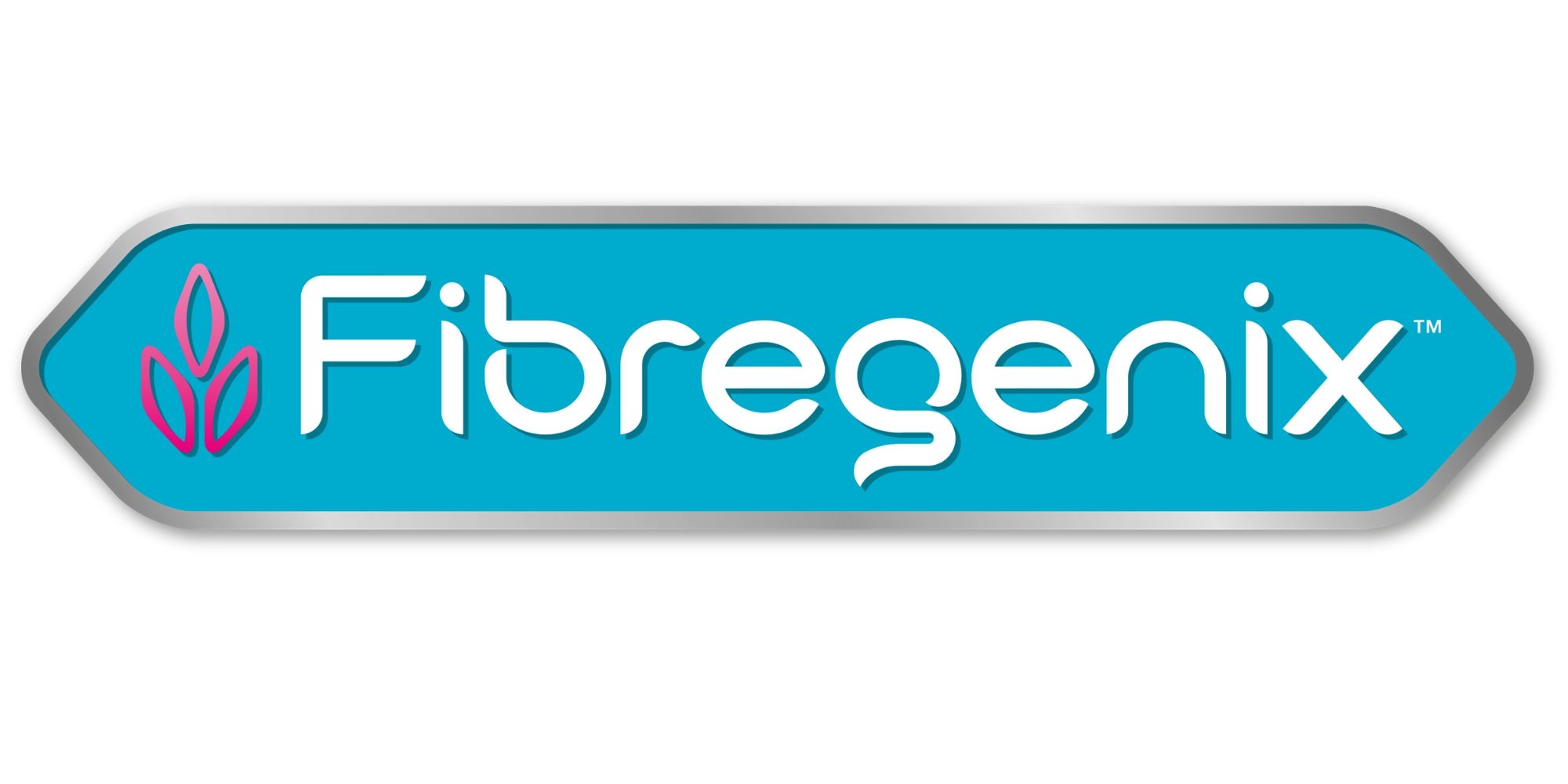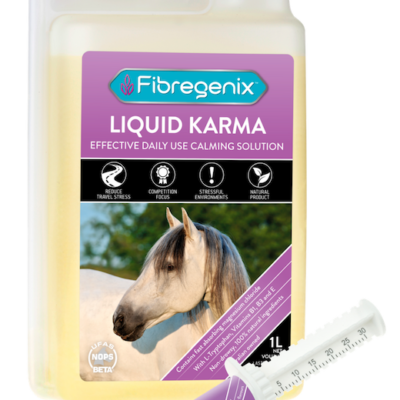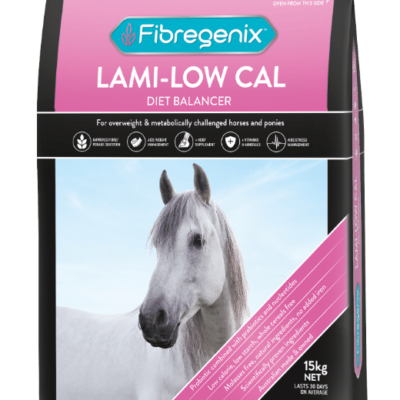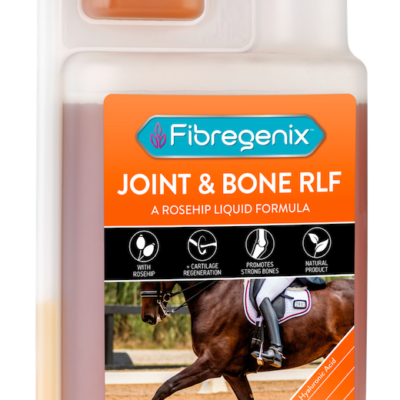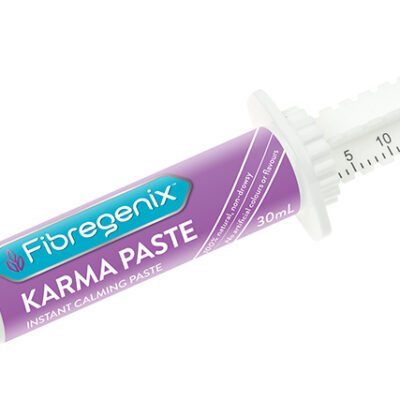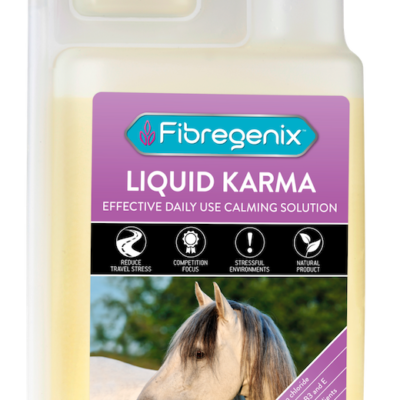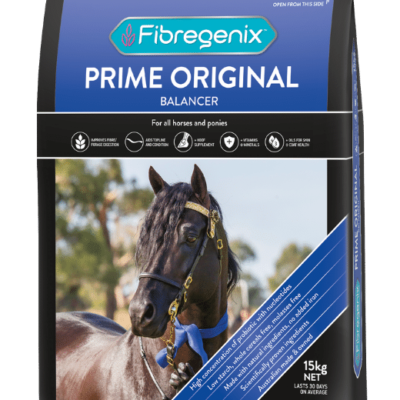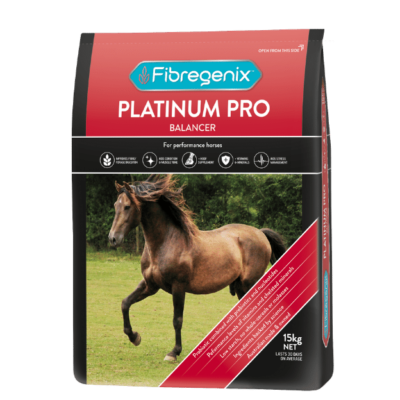 Feed Allergies or Intolerances
Feed Allergies or Intolerances
There’s an increasing awareness of the possibility of feed allergies or intolerances among horses, but how prevalent are they?
Allergies
We know that the human body can have dramatic and potentially drastic reactions to certain foods. However, true feed allergies in horses are relatively rare. Allergies involve the stimulation of the immune system to react excessively against a certain protein or protein-like molecule (allergen). Something that would not normally happen in the non-allergic horse. This reaction results in the release of excess histamines. These can cause symptoms such as sneezing and wheezing, itching, swelling, hives (lumps on the skin) or diarrhoea.
Allergies can be hard to diagnose and in severe cases, a vet will carry out tests with varying degrees of success. Feed allergies can include swelling of the lips and mouth but are more commonly seen as diarrhoea and/or hives. However, symptoms alone are not necessarily indicative of an allergic reaction to something the horse ate.
Intolerances
A more common occurrence are hypersensitive reactions to substances which don’t involve the immune system. These tend to be referred to as intolerances. They can result in many varied symptoms which may not necessarily initially, be attributable to a feed-related issue. As such, they can be equally hard to diagnose. Indeed, it’s only in recent years that intolerances to feeds or feed ingredients have become recognised. So, although there’s a perception they’re becoming increasingly prevalent among equines, it’s more likely we are more aware of their existence.
Symptoms of feed intolerances can include “crabby” or “jumpy” behaviour, hives, dry itchy skin, loose droppings or a tendency to colic. However, these can also be the result of environmental and management issues. Any horse which is uncomfortable in its gut, for example, is likely to be crabby, unsettled and prone to colic. Therefore, eliminating all which could be causing this can help settle the situation. For instance stress is a primary factor in gut discomfort. This can have innumerable causes from insufficient turn-out or bullying in the field to travelling, competing over-zealous training. The list goes on…
Stress
One common consequence of a “stressed-out” equine is EGUS (Equine Gastric Ulcer Syndrome). This occurs as a result of acid attacking the lining of the horse’s stomach. therefore, any horse prone to ulcers or any digestive discomfort MUST have constant access to forage. Not only that, the starch content of any supplementary feed also should preferably be kept to a minimum. The simple provision of ad-lib forage can help reduce stress levels by satisfying a horse’s physiological need to chew. It also ensures there is always some food in the stomach to stop the digestive acid reaching areas it shouldn’t.
A constant flow of fibre through the digestive system also ensures that any gases produced during digestion are carried through. This avoids a build-up which could cause colic. Fibre from forage is also essential to maintain a healthy population of gut bacteria which are instrumental in digestion. An imbalance can not only affect digestive efficiency but gut pH (acidity). Gut imbalance symptoms can include, loose droppings, diarrhoea or colic.
Digestive Enhancers for Feed Intolerances
Any horses with loose droppings, whether continuously or during times of stress, would benefit from a digestive enhancer. These are usually pro and prebiotics found in Fibregenix balancers. Live yeast Probiotics can be fed to replenish gut bacteria populations which may have been depleted. Prebiotics support the existing populations of beneficial bacteria by acting as a food source and help them flourish.
another function they perform is to disable pathogenic bacteria and facilitate their removal. These actions help maintain a healthy bacterial balance, supporting gut efficiency and helping alleviate loose droppings and discomfort.
Itching
Scurfy or itchy skin can be a sign of a dietary imbalance. Checking the overall balance of the diet should always be taken before giving supplements or special feeds to alleviate specific symptoms. A fully balanced diet, supplying correct levels of essential vitamins and minerals and quality protein, helps support health and well-being. The visual signs of this will include, strong healthy hooves and a shiny coat. Omega 3 fatty acids are essential for soft, supple skin and may be found in a Fibregenix balancer. Alternatively, they can be added to a fully balanced diet in the form of a high oil supplement or straight oil.
Elimination Diets for Feed Allergies or Intolerances
Should problems persist and remain unexplained, then feed allergies or intolerances are possible. But the only way to find out what is causing the reaction is to put the horse on an elimination diet. Whilst this can be difficult for the hard-working horse or poorer-doer, it may be the only option. And it will involve cutting out all supplementary feeds and giving just ad-lib forage for a minimum of four weeks.
By this time, unless the cause is within the pasture or forage, symptoms should have subsided. Other feed ingredients can then be reintroduced one by one until a problem recurs. In that way it can be attributable to what has been added to diet. Your vet or feed nutritionist can help you plan the process and discuss feeds or feed ingredients. You can then decide which you can add separately to aid in the identification of the culprit. It’s entirely possible that the problem is within the horse’s grass, hay or haylage. But this should become apparent if problems persist despite the elimination of the usual suspects in hard feed.
Special Feeds
Elimination diets can be time consuming and complicated to exercise. So there’s an increasing tendency to assume that an intolerance exists and it’s due to one or more commonly implicated ingredients. There are feeds which avoid these ingredients, which offer a potential “quick fix”. Unfortunately, this means that neither the specific cause nor any environmental implications are ever addressed. If an elimination diet results in the recognition of a reaction to a specific ingredient, then such feeds can re-establish a fully balanced diet whilst avoiding intolerance reactions.
Feed ingredients which have been identified as causing hypersensitive reactions include certain cereals, lucerne and molasses. If a horse is truly allergic to any of these, it’s a protein which they contain that will be the actual allergen. The fact remains that oils, starch, cellulose or sugars are not allergens and cannot cause an allergic response.
Bad Press
Sugar often receives bad press which is unwarranted. It is both an essential nutrient and a natural component of the horse’s diet because grass has a high sugar content. Molasses is often perceived to be “high sugar” but is not 100% sugar. It’s what’s left after the sugar has been extracted. It is often used in feeds at an inclusion rate of less than 5%. This means the actual amount of sugar it contributes to a horse’s diet is minimal.
Take Home Message: There’s no doubt that horses can have feed allergies or intolerances to something in their diets. However, there are other factors to consider when presented with potential symptoms. Always ensure your chosen feed products come from a reputable manufacturer as these will contain carefully prepared natural ingredients. They’ll also be backed by meticulous research ensuring they provide the very best and safest nutrition for your horse.
